How to take amazing screenshots using the photo mode in God of War, Horizon Zero Dawn and other games
What those photo mode photography terms mean and how to use them to take the best pictures
Everyone loves a good photo mode. When you’re not saving the world or exploring it, photo modes lets you capture the moment and share it. Because how else will anyone know you’re having fun otherwise?
The interesting thing with most photo modes, like God of War or Horizon Zero Dawn's, is that they still use all the technical terms of real photography when people used boxes to capture light on paper like some sort of witchcraft. So terms like aperture and focal length refer to an actual physical objects and distances between then. You might be using a virtual camera but it still follows the same rules of physics that a real one does. So getting a better understanding of what some of the words mean, and what they’re doing, will help you take better pictures.
Just pretend you’re in the Matrix and instead of holding a controller, you’re holding an actual camera: a box with a hole that lets light in through a lens to make an image. Now, let’s explain how it all works.
Field of View
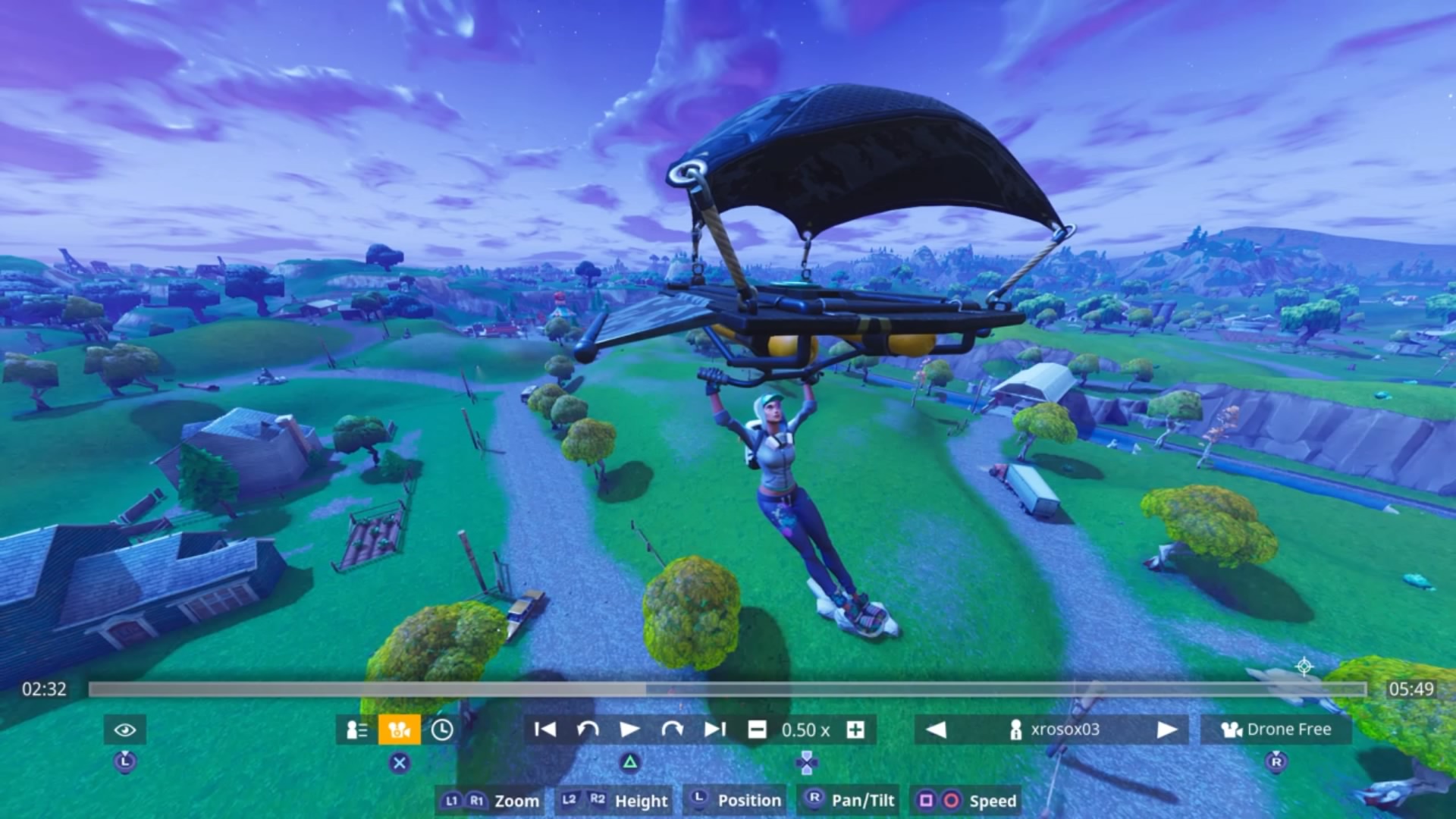
Field of view is the amount of the world you can see on the screen in photo mode. While it might look like it zooms in and out, think of it almost as a frame or window that changes size. A low field of view is a small window that only really sees a small part of the world, while a high field of view sees a lot more. So it’s more a way of controlling what appears in your picture and how much background is around it. Another effect it has is, with a low field of view, what you’re seeing is basically flat but as the view increases the image will start to curve to fit more of the world into the frame you’re viewing it through. That can create a fisheye effect if you ramp the field of view up really high, and make some interesting effects if you zoom in.
Focal length
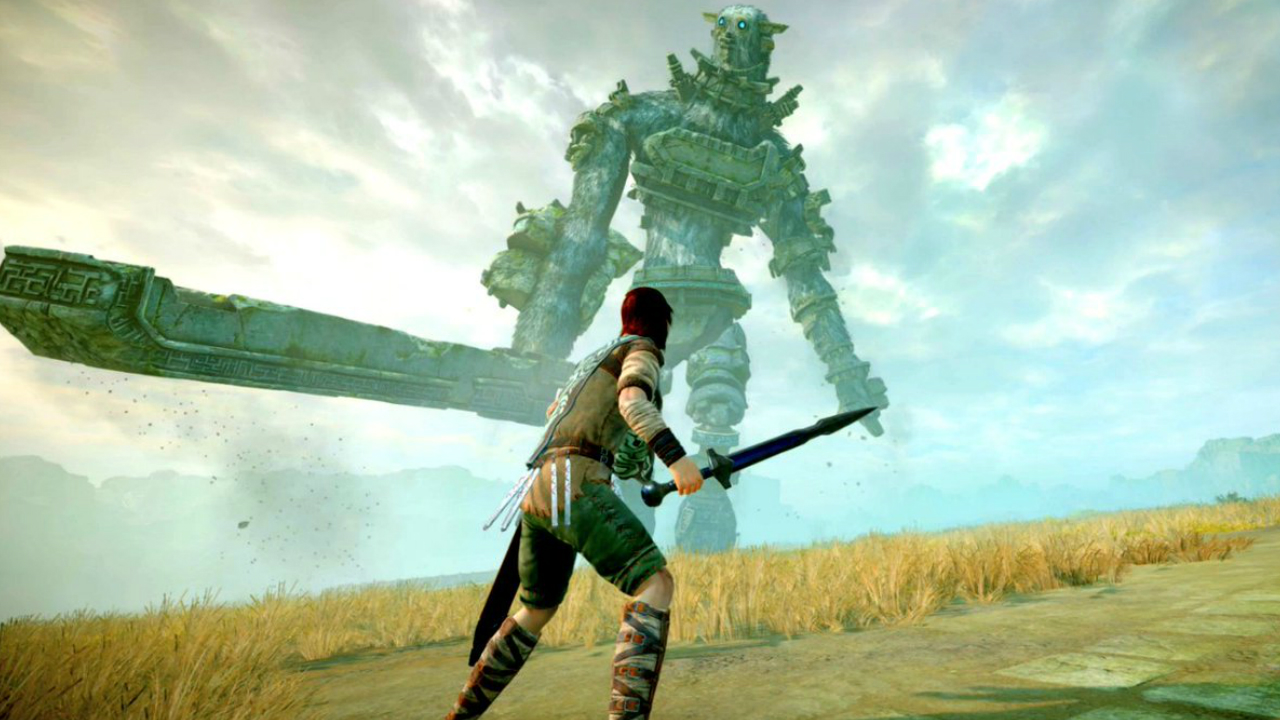
Some this can replace the field of view options in some games, although it’s possible to have both. It refers to a len’s ability to bend light and so focus. Shorter focal lengths will bend incoming light into focus at a shorter distance, giving you a wider angle view, while bigger focal lengths have a narrower view. However, shorter focal distances also create perspective distortions and more obvious size differences between near and far objects. That can be good for dramatic effect. Longer focal lengths will magnify things more on the other hand, reducing distortion but also the field of view.
Focal Distance
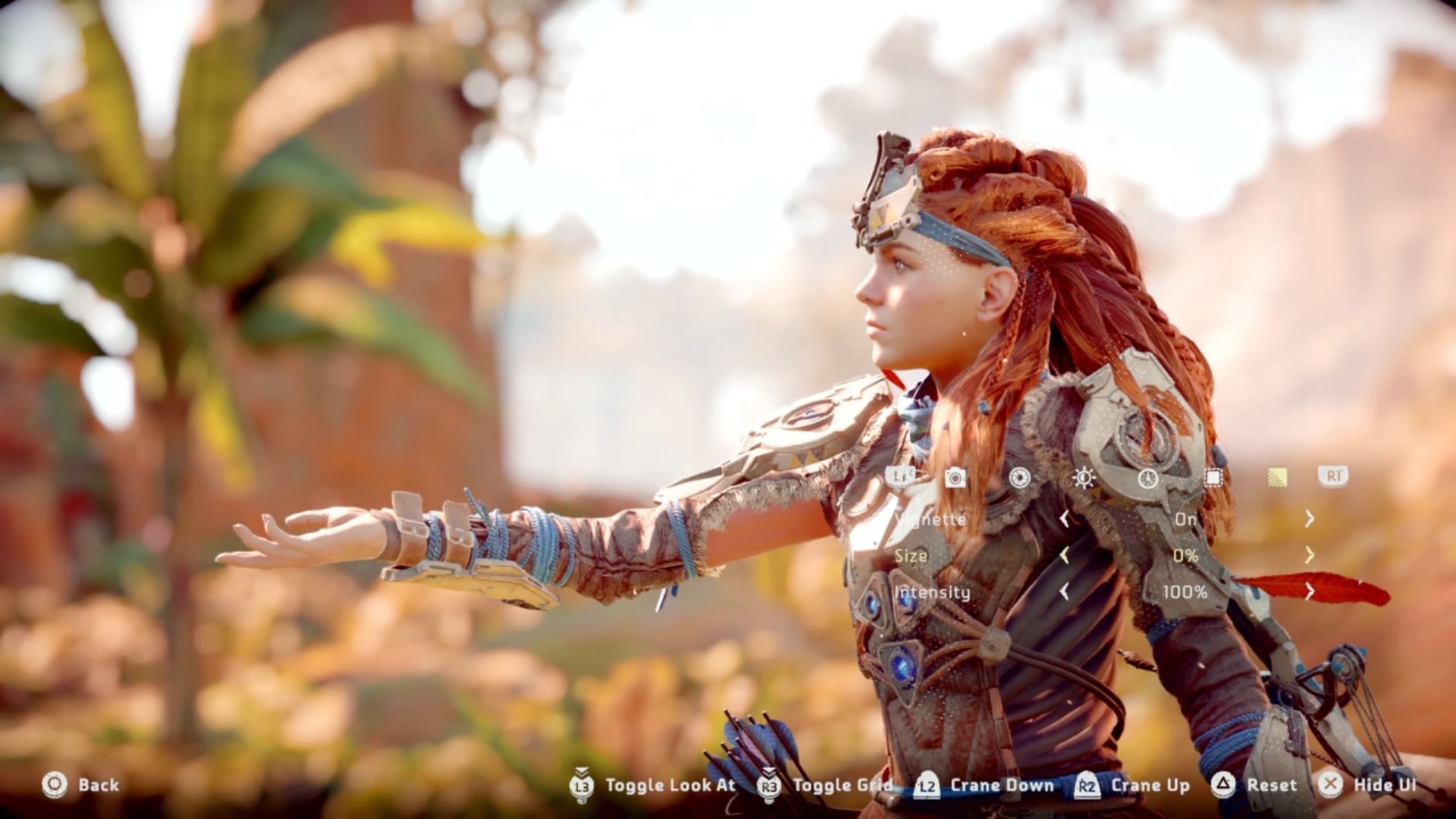
Put simply this is the point at which the in-game camera lens is focused. As a rule, only what’s within this range will appear sharp. It’s a good way of drawing the eye to what you want people to see as you you can soften or blur anything on a different plane. However, to get the best from it you’ll need to use the next thing as well, the aperture.
Aperture / F.stop

If focal length controls where your photo mode image is in focus, then aperture controls how much of it is in focus. A narrow aperture will make everything in the image sharp, while opening it up wider will reduce the width of what’s in focus, like this. Using this in conjunction with the focal length is a great way to make images pop and and draw the viewer's eye to a particular character or detail. Because the aperture is effectively a hole that lets virtual light into your virtual camera, smaller settings CAN make pictures darker. Sometimes you might find a photo mode with an F-stop, instead of aperture, which is a ratio of focal lengths and aperture openings but it basically does the same thing.
Exposure
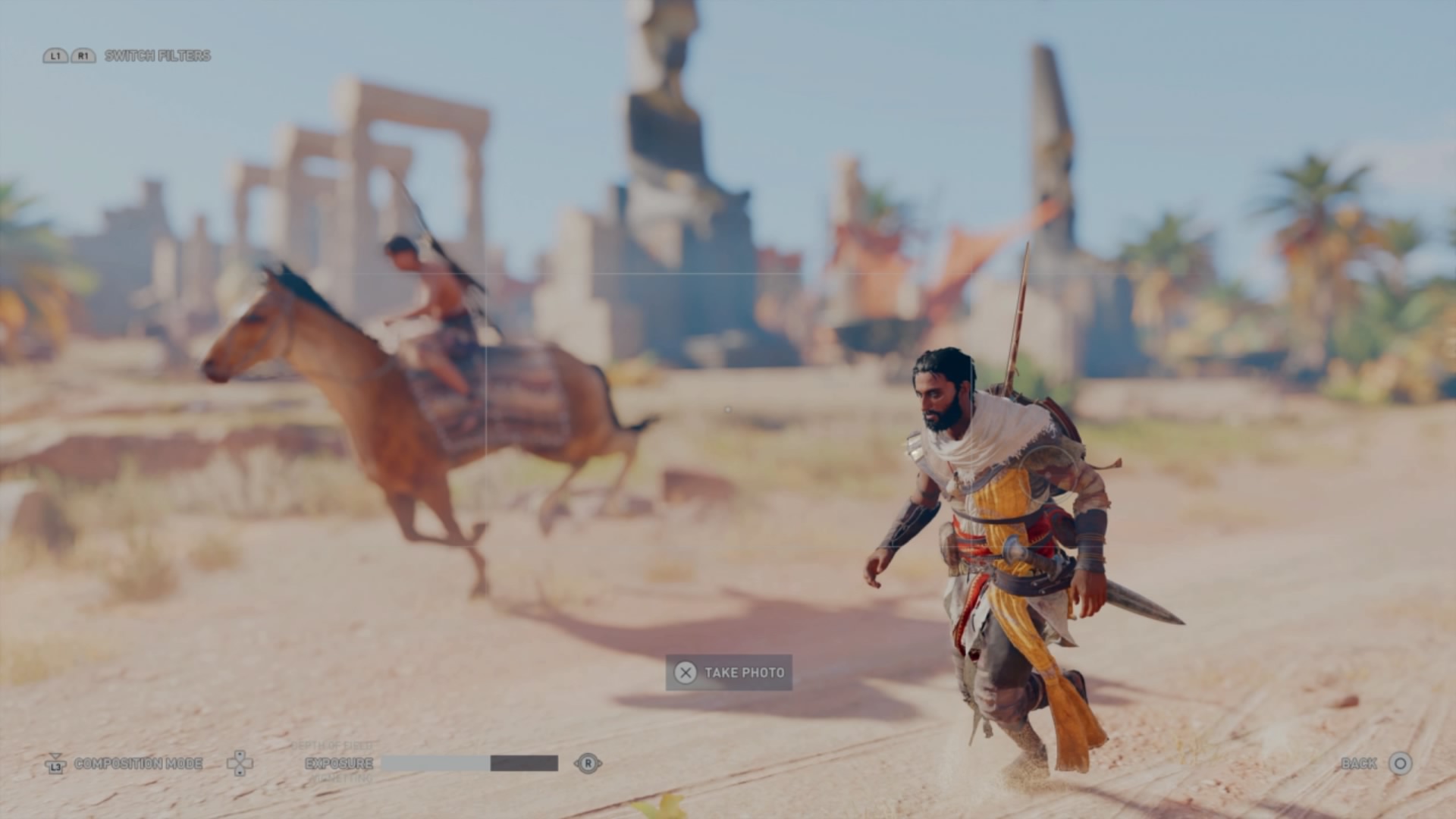
Exposure is a term from ye olde days of when actual paper film used to be exposed to light to take a picture. The more exposure, the more light and the brighter the picture. These days it’s effectively the brightness of the picture. ‘Lengthening’ the exposure will give you a better picture in low light, but will wash things out in brighter conditions. Similarly, in reverse a shorter exposure will help images that are too bright but make darker things harder to see. As a rule, if you’re lowering the exposure you’ll want to open up the aperture to let more light in and, if you’re raising the exposure, reduce the aperture to avoid too much light.
Vignette
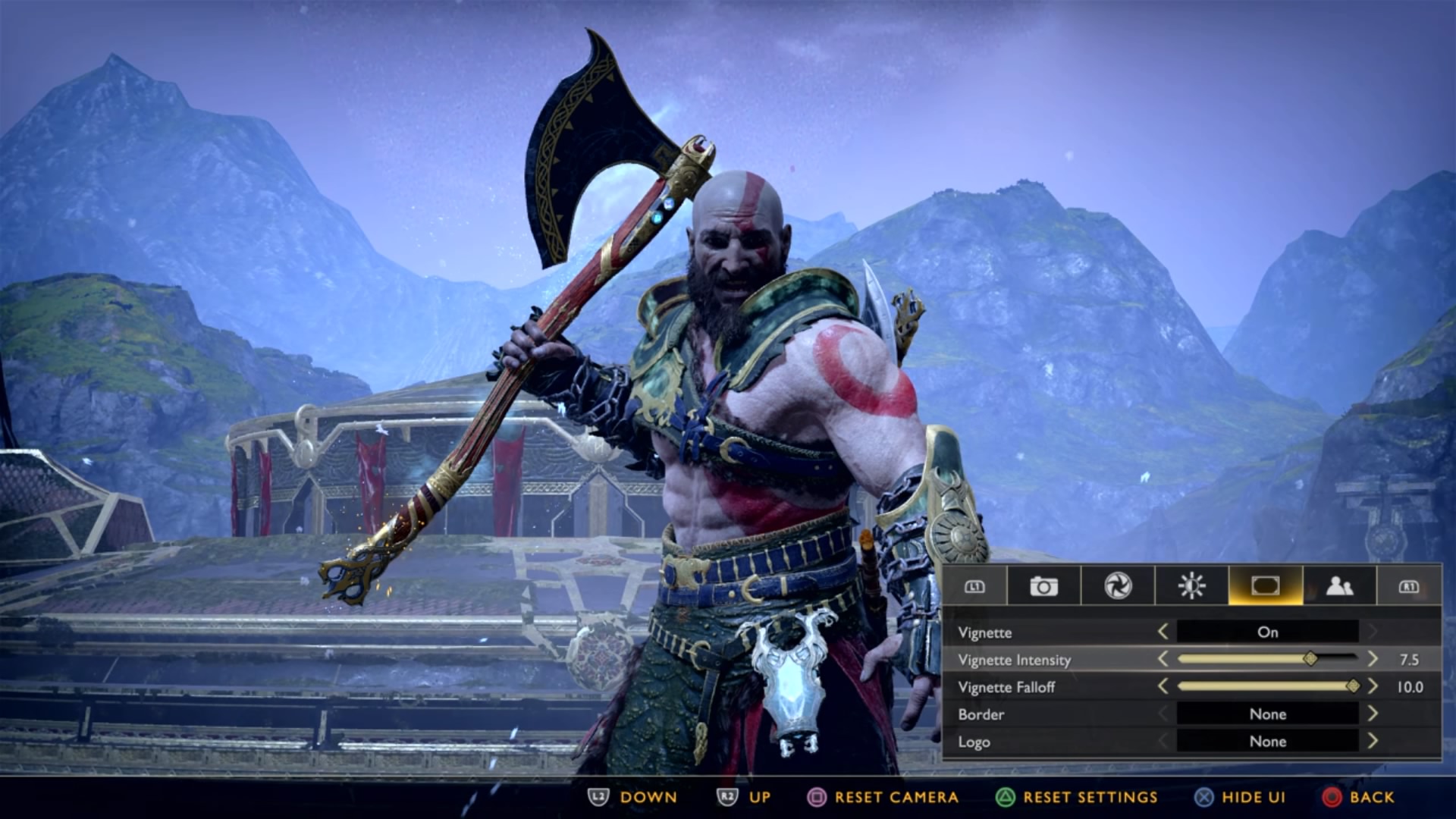
A vignette might look like a blurry frame around your picture, because it kind of is, but it’s not a ‘FRAME’ frame but rather reduction of an image's brightness or saturation toward the edges. So rather than a physical frame put over the top of your photo it’s actually a lighting effect. Used gently it can focus the attention of your image by reducing light and colour around the edges, minimising peripheral detail and light. Stronger vignetting has a much more obvious framing effect.
If you've taken a great shot in a photo mode then let us know on Twitter @gamesradar.
Weekly digests, tales from the communities you love, and more

I'm GamesRadar's Managing Editor for guides, which means I run GamesRadar's guides and tips content. I also write reviews, previews and features, largely about horror, action adventure, FPS and open world games. I previously worked on Kotaku, and the Official PlayStation Magazine and website.


